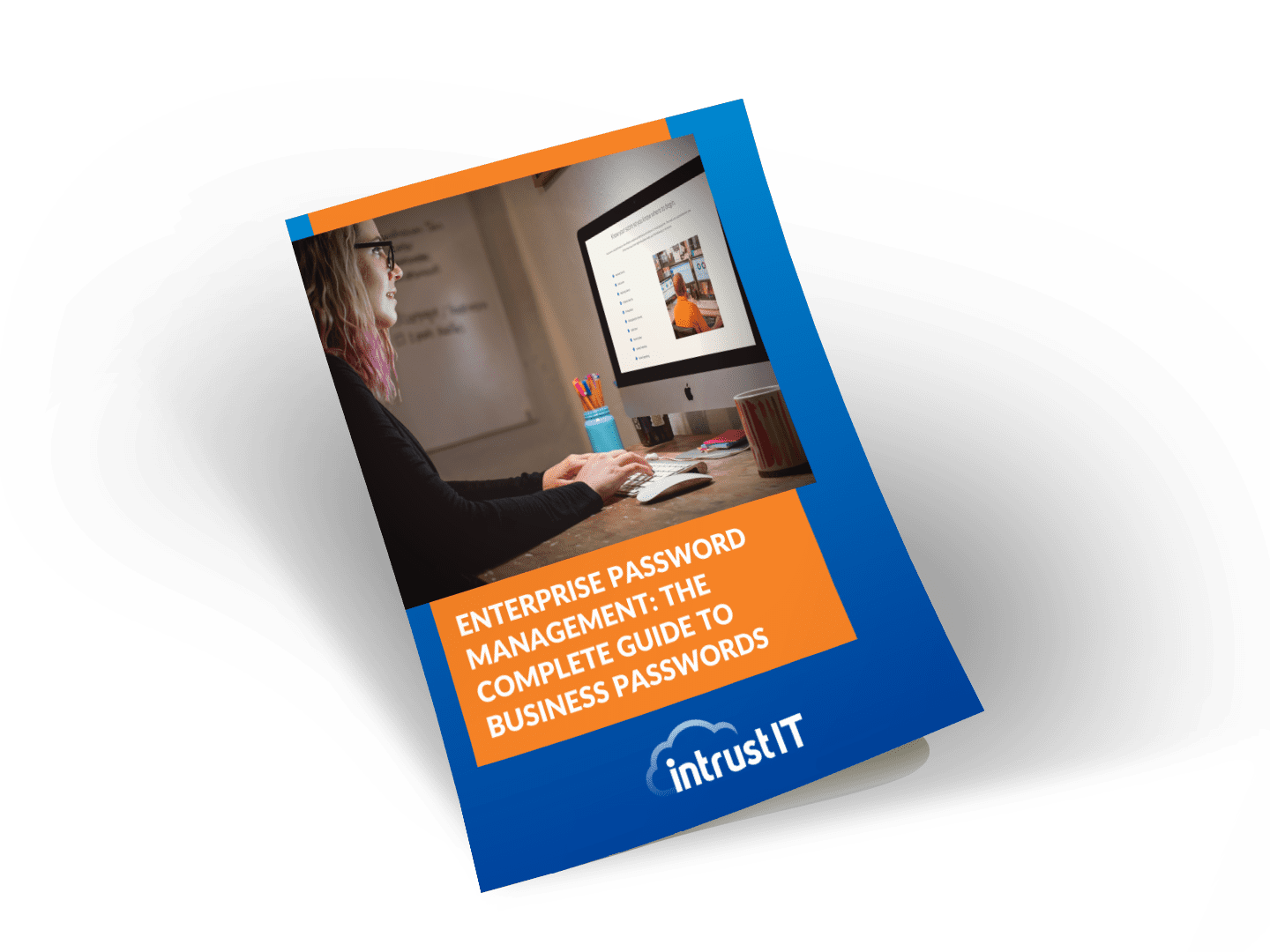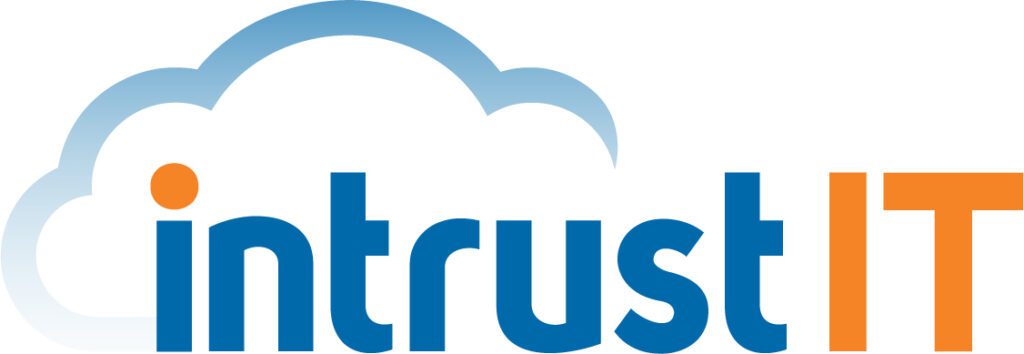How to Reduce Cloud Costs

So, you’ve taken the plunge and moved your resources to the cloud to take advantage of scalable resources and the pay-as-you-go model. While cloud platforms and services can bring your
Cloud bills can skyrocket for multiple reasons. Over provisioned resources, unnecessary capacity and poor visibility into the environment can drive costs out of hand quickly. The good news is there are tools and cost-optimization practices that can help eliminate unnecessary spending and help you derive the best Return on Investment (ROI) from your cloud spend.
Here are some ways you can help reduce your cloud costs.
1. Organization-wide capacity planning
While organizations can quickly increase and decrease cloud resources, they often pay for unused capacity. IT teams need to ensure enough capacity is available to handle unexpected traffic spikes and load fluctuations, but not so much that they overspend on unused resources.
Part of capacity planning is choosing the right cloud resources for your workload. Compute instances come in a wide array of configurations to meet the specific processing, memory, storage and performance needs of each application. With so many options available, it’s easy to overestimate an instance, providing far more processors, memory and storage than the workload actually needs.
Those additional resources waste money — every month — unless they’re used. You can potentially save money by regularly reviewing business needs and resource consumption to “right size” your cloud resources.
2. Look into reserved or spot instances
Companies will find cheaper alternatives to on-demand resources if they’re willing to commit to certain tradeoffs. We recommend using these discounted pricing structures when possible:
Spot instances. Developers can access unused capacity for a discounted price with Amazon EC2 Spot Instances, Azure Spot VMs, Google Cloud Preemptible VMs and Google Spot VMs. The savings associated with these pricing models depend on what type of resource is purchased and the price at the time of purchase.
However, these instances are subject to abrupt cutoffs, depending on overall capacity demands in a region. If you have tasks that can tolerate disruption, stateless workloads or batch jobs, this is a great avenue to look into.
Reserved instances. Companies that commit to using a certain amount of capacity over a one- to three-year period could potentially save on cloud resources with reserved instances. Depending on their chosen platform and other factors, reserved instances can offer savings compared to on-demand instances.
Bottom line? These instances are best suited for workloads with consistent, predictable capacity.
3. Take advantage of cost-monitoring tools
You may be surprised to learn that a simple way to reduce your cloud costs that might be suitable for your business is already built into your chosen cloud service provider.
If you’re using AWS, it offers various cost-monitoring tools, including AWS Cost Explorer and AWS Budgets. Cost Explorer analyzes your past spending — up to 13 months prior — and forecasts your cloud expenses for the next three months, while Budgets uses custom alerts to notify admins when spending exceeds a certain point. It can also automatically limit resources to reduce cloud costs.
Not an Amazon user?
Microsoft Cloud users can monitor spending with Microsoft Cost Management. This suite of tools tracks the costs associated with individual Azure services, provides future bill forecasts and alerts users when they go over budget.
Google Cost Management enables Google Cloud Platform users to identify cost spikes and set up spending reports for cost optimization.
In addition to cloud-native options, third-party cost monitoring tools could help organizations make smart spending decisions.
4. Monitor and prevent your cloud sprawl
What’s cloud sprawl?
Cloud sprawl is the uncontrolled proliferation of cloud resources and is often to blame for many cloud bill spikes. Much like setting and forgetting an automatically renewing gym membership on New Year’s Day, when companies fail to cut out cloud services that are no longer part of their overall strategy, they continue to pay for them.
Storage instances tend to accumulate, especially when they’re used for data protection or are disassociated from compute instances. It’s important to consider if a cloud server instance is deleted, its associated storage may become overlooked with ongoing expenses that provide no value.
Pro tip: Identify unneeded storage instances and consider tactics to delete them in accordance with company data retention policies.
If you want to minimize the risk of sprawl, you could potentially establish proper visibility into your cloud environment with infrastructure and application monitoring and management tools. Setting up company policies on how and when to decommission cloud resources that are no longer needed and using automated provisioning to shut down old workloads will go a long way.
One final note: Carefully monitoring cloud bills and contracts can help you identify if your company is paying for cloud services that are no longer in use.
5. Limit your data transfer fees
You’re likely already familiar with how expensive it can be to move data to and from a public cloud. Avoid unnecessary data transfers by starting with an assessment of your cloud provider’s transfer fees to reduce cloud costs.
Then, you could adjust your cloud architecture to lessen the number of necessary data transfers. For example, you could relocate on-premises applications that frequently access cloud-hosted data into the cloud to eliminate those hops.
Here’s another pro tip: Evaluate the fees of different transfer methods intended to accelerate and secure the movement of data between the cloud and your private data center.
Compare the cost to use a dedicated network connection service, such as AWS Direct Connect, Azure ExpressRoute or Google Cloud Interconnect, to the cost of a physical transfer device, such as AWS Snowball or Azure Data Box.
6. Restrict cloud access
While open access to your company’s cloud can be convenient, it can also drive unexpected, unplanned and sometimes unnecessary costs.
A potential avenue you could explore is to limit cloud provisioning to professionals with experience in cloud cost management, such as cloud architects and engineers. Cloud professionals who are familiar with providers’ offerings and cost structures can design a cloud infrastructure that provides solid performance while limiting spending.
IT staff responsible for cloud use should determine the most appropriate cost control tactics for their organization.
7. Relocate workloads where the computing is cheaper
Moving workloads to and from certain geographic service areas, like different regions, where demands and prices are lower, can potentially reduce your cloud costs. As long as common storage services can support each location, the workload will only see a latency difference between service areas.
However, before going all-in on this possible solution, keep in mind that security and regulatory compliance requirements may prohibit workloads from running in certain regions.
Next Steps
Does all this information about the cloud leave your brain feeling a little foggy? No worries! We’re here to help.
Contact us or book a meeting to discuss anything and everything related to IT and the cloud.
Share this Blog

Is Your Name or Birthday a Part of Your Password?
If so, you’re a part of the 59 percent of people who don’t follow proper password hygiene. More than 70 percent of passwords are used for more than one system, meaning if cybercriminals crack one, they can access a lot more accounts.
Our free Enterprise Password Management Guide will give you the best password hygiene practices to help you secure your computer and your business.
Download the Guide
Explore the Latest Trends in IT

Edge vs Chrome Security: Which Is the Best Browser for Your Business?

Unlocking Security: The Power of Password Managers and Passkeys for Business Professionals

Intrust IT Acquires Commercial IT Support Division of Entegrity Consulting Group




